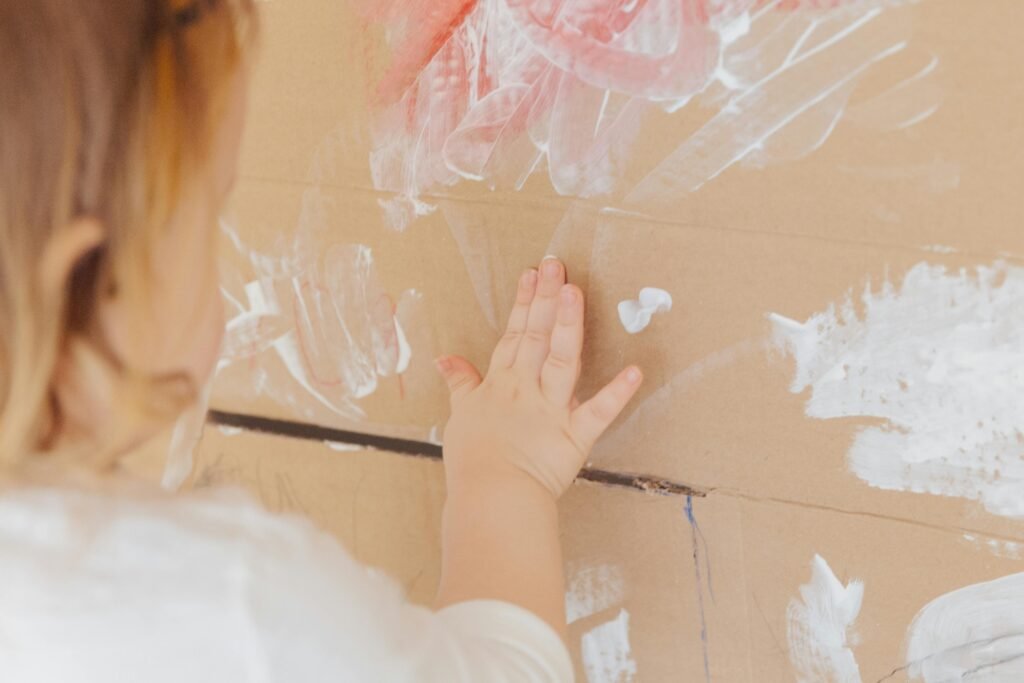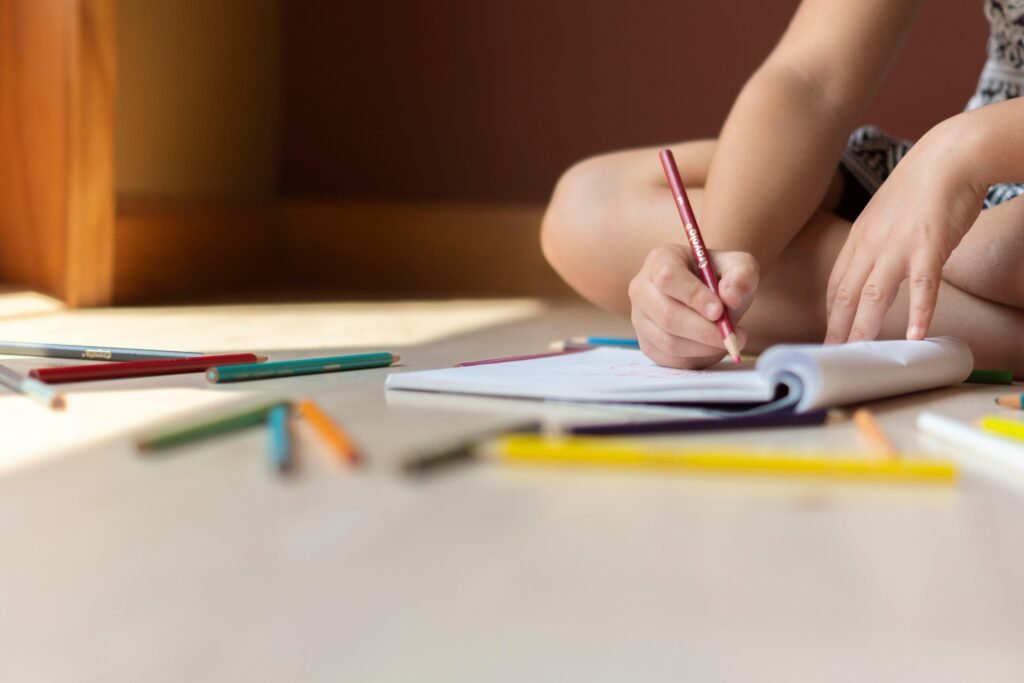When we think about roller coasters, our minds often jump to the thrilling loops, daring drops, and incredible speeds. But roller coasters are more than just feats of engineering—they’re also works of art. The design of a roller coaster isn’t just about functionality; it’s about creating an experience that is visually stunning and emotionally engaging. By combining art and science, children can take their roller coaster designs to the next level, developing both their engineering skills and their creativity. In this article, we’ll explore how to add a creative flair to your roller coaster designs and why integrating art into engineering is so important.
The Intersection of Art and Science in Engineering
Art and science might seem like two very different fields, but they are more interconnected than most people realize. Engineering, at its core, is about problem-solving and innovation—concepts that are deeply tied to creativity. When art is integrated into engineering, it not only enhances the aesthetic appeal of a project but also encourages innovative thinking and a more holistic approach to problem-solving.
In roller coaster design, art plays a crucial role in creating an immersive experience. From the visual design of the tracks to the thematic elements that tell a story, creativity is what turns a simple ride into an unforgettable adventure.
Why Creativity Matters in Engineering

Encouraging creativity in engineering isn’t just about making things look good; it’s about fostering a mindset that values innovation, experimentation, and new ideas. Here’s why creativity is so important in the field of engineering:
- Innovation: Creativity drives innovation. By encouraging children to think outside the box and approach problems from different angles, we help them develop the ability to come up with unique solutions and ideas.
- Problem-Solving: Engineering is all about solving problems, and creativity is a key component of effective problem-solving. When children are free to experiment and explore, they’re more likely to find creative solutions to the challenges they face.
- Engagement: Adding a creative element to engineering projects makes them more engaging and enjoyable. When children are excited about what they’re building, they’re more likely to stay focused and motivated.
- Holistic Learning: Integrating art into engineering fosters a more holistic approach to learning. It helps children see the connections between different subjects and understand how various disciplines can work together to create something truly special.
Ideas for Adding a Creative Flair to Roller Coaster Designs
Now that we understand the importance of creativity in engineering, let’s look at some practical ways to add a creative flair to your child’s roller coaster designs:
- Themed Coasters
Encourage your child to design a roller coaster around a specific theme. Whether it’s a jungle adventure, a space odyssey, or a medieval castle, a theme can inspire both the layout of the track and the visual elements. Children can use art supplies to create decorations, add props, and even paint the tracks to match the theme. This not only enhances the aesthetic appeal but also encourages storytelling and imaginative play. - Colorful Tracks
Color can have a significant impact on the visual appeal of a roller coaster. Provide your child with paints or markers to decorate the tracks in vibrant colors. They can create patterns, gradients, or even rainbow designs that make the coaster visually striking. This activity also introduces them to concepts of color theory and design principles. - Custom Car Designs
Let your child’s creativity shine by allowing them to customize the cars that will travel on their roller coaster. They can design and paint the cars to match the theme or create unique, artistic designs that stand out. This adds a personal touch to the project and encourages attention to detail. - Sculptural Elements
Incorporate sculptural elements into the roller coaster design. Children can use clay, cardboard, or other craft materials to create sculptures that interact with the coaster. For example, they could build tunnels that the coaster passes through, bridges that go over the tracks, or figures that appear to “ride” along with the cars. This introduces them to 3D design and spatial awareness. - Light and Sound Effects
Take the roller coaster design to the next level by incorporating light and sound effects. Battery-operated LED lights can be used to illuminate the tracks, creating a magical nighttime ride. Children can also add sound effects, like the click-clack of the coaster climbing a hill or cheers from imaginary riders. This not only enhances the sensory experience but also teaches children about the role of technology in design. - Environmental Integration
Encourage your child to think about how their roller coaster fits into its environment. They can design a coaster that winds through a miniature forest, over a river, or around a model city. This encourages them to think about the relationship between the coaster and its surroundings, fostering an understanding of environmental design and landscape architecture.
Encouraging Your Child to Combine Art and Science

As a parent, you play a key role in fostering your child’s creativity and interest in engineering. Here are some ways to encourage them to combine art and science in their roller coaster designs:
- Celebrate Creativity: Praise your child’s creative efforts, no matter how small. Whether they’re adding a splash of color or designing an entire themed coaster, your encouragement will boost their confidence and motivate them to keep exploring.
- Provide the Right Tools: Equip your child with a variety of art supplies, building materials, and craft tools. The more resources they have at their disposal, the more creative they can be in their designs.
- Incorporate STEAM into Playtime: Remind your child that art and science are not separate subjects—they can work together to create something amazing. Encourage them to experiment with different ideas and combine artistic elements with engineering principles.
- Ask Open-Ended Questions: Encourage your child’s creativity by asking open-ended questions about their designs. For example, “What story does your roller coaster tell?” or “How can you make your coaster even more exciting?” These questions prompt them to think more deeply about their projects.
- Make It a Family Activity: Get involved in the design process and make it a family project. Working together on a roller coaster design allows you to bond with your child while exploring creative and scientific concepts as a team.
Combining art and science in roller coaster design is not only a fun and engaging activity but also a valuable learning experience. By encouraging your child to integrate creativity into their engineering projects, you’re helping them develop a wide range of skills that will serve them well in the future. From problem-solving and innovation to artistic expression and design thinking, the benefits of combining art and science are limitless.
As your child embarks on their roller coaster design journey, remember to celebrate their creativity and support their exploration of both art and science. Together, these disciplines create a powerful synergy that can transform a simple project into an extraordinary work of art and engineering. So, grab some building materials, unleash your imagination, and start creating roller coasters that are not only thrilling to ride but also beautiful to behold.
